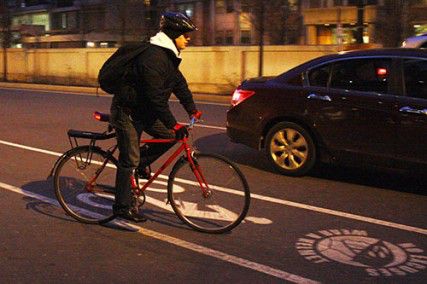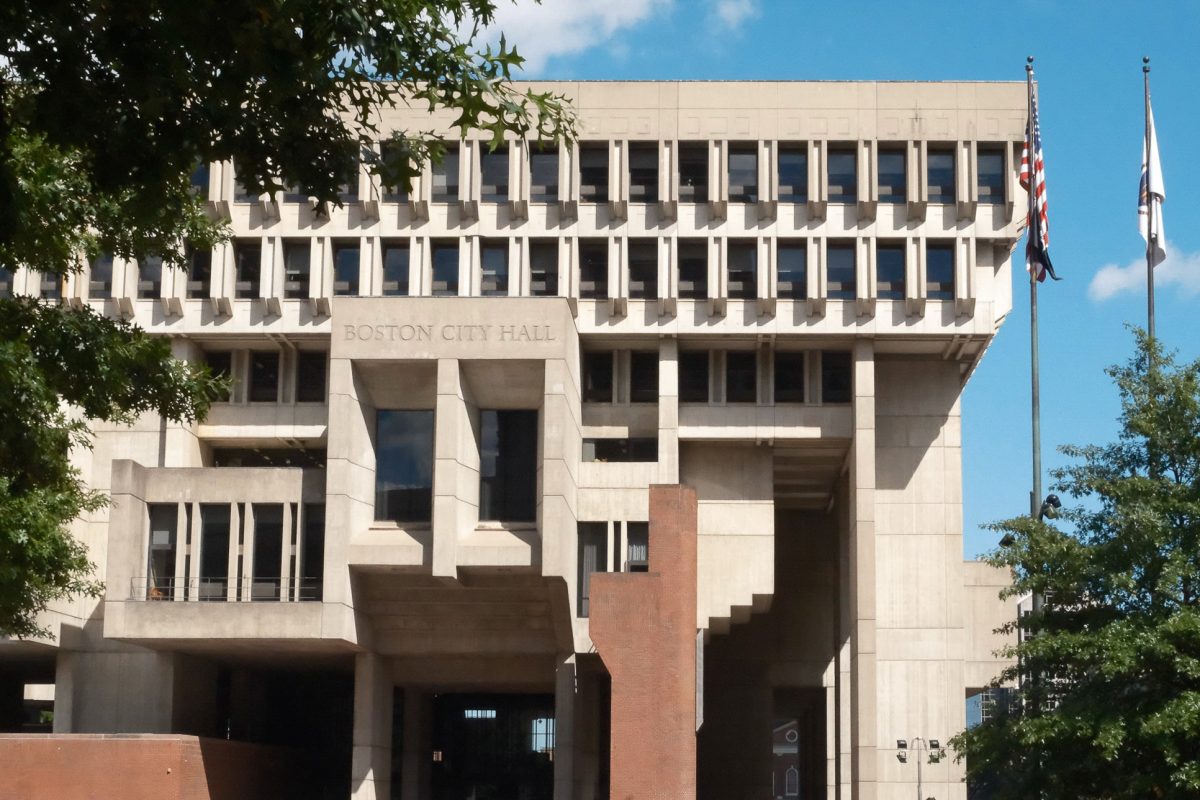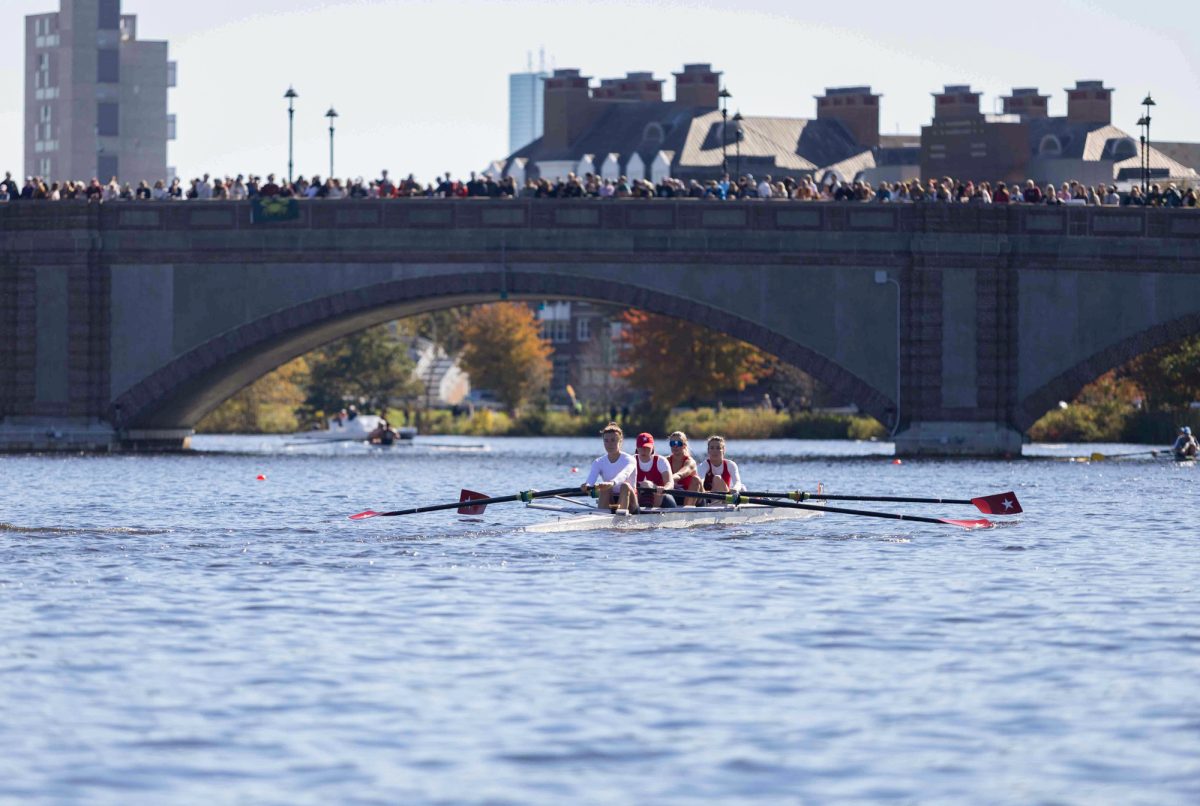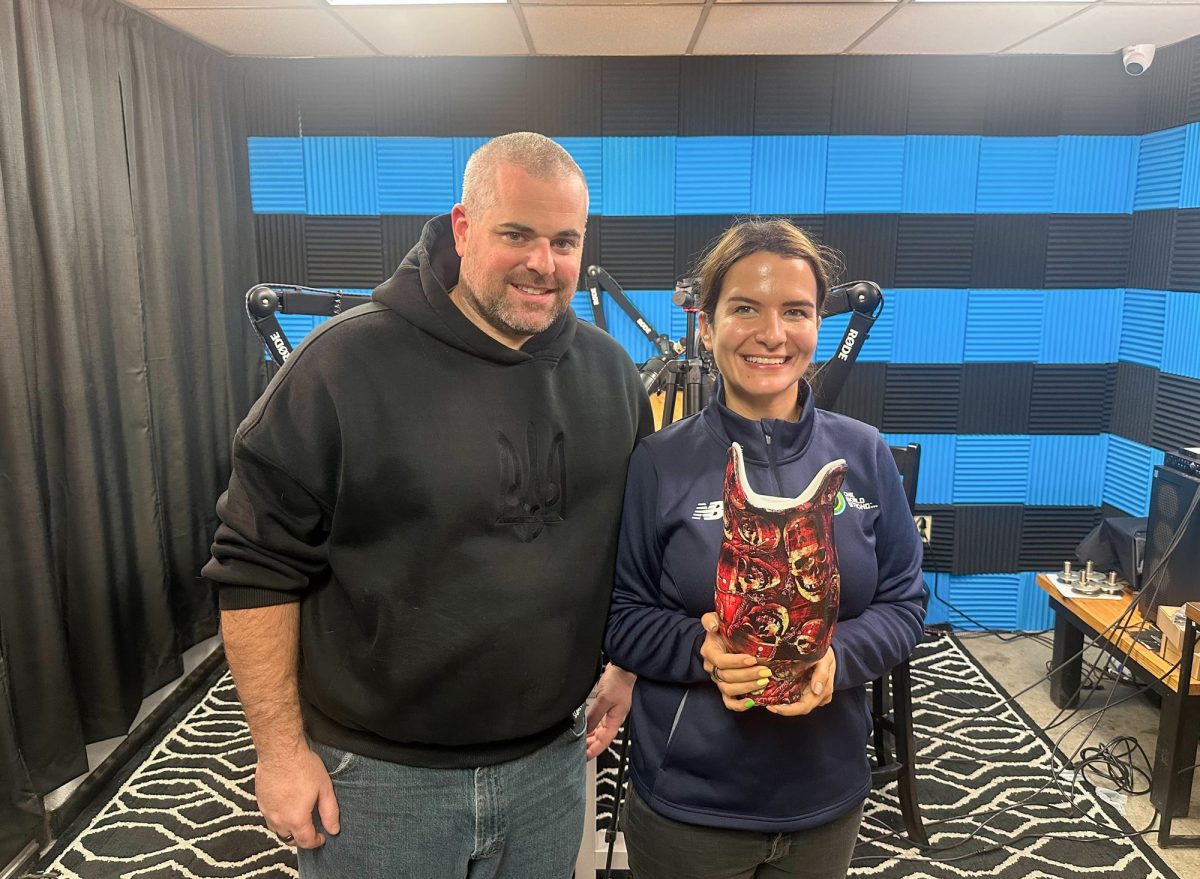
The stretch of Commonwealth Avenue running through Boston University’s Charles River Campus will be updated with increased bicycle safety measures as part of a joint effort by BU and city of Boston officials, according to a Monday BU press release.
By updating signage and developing markings on the road, officials hope to better protect cyclists and pedestrians and to increase awareness among drivers.
“I am hopeful that these changes will help protect bicyclists and pedestrians traveling along this very busy stretch of Commonwealth Avenue,” said BU President Robert Brown in the release. “I also am extremely grateful for the city’s continued support of bike-safety initiatives that safeguard all people who use the city streets that pass through our campus.”
City officials will implement changes recommended by BU members on a pilot stretch of Commonwealth Avenue between Kenmore Square and Packard’s Corner, where Boston established its first bike lane, according to the release.
To increase awareness, officials will post signs along the street advising drivers of cyclists, according to the release. The signs will designate the area as a “high bicycle and pedestrian activity zone,” establish a 25 mph speed limit and urge drivers to “share the road” and yield to cyclists when turning right.
Workers will renovate and update Commonwealth Avenue’s bike lanes to increase visibility and markings.
“Each bike lane intersection crossing [will] be painted using non-skid, high-visibility green paint and the width of bike-lane edge markings will increase from four to six inches,” the release stated. “White Bike Sharrow pavement markings within the green paint area will be added at busy intersections. In areas that have long crossings, multiple Sharrows will be installed.”
To ensure motor vehicle operators are aware of bike lanes, highway reflectors will be installed on the road at the outer edge of bike lanes, with reflectors being more closely spaced near intersections.
The changes come as part of a response to a number of accidents involving vehicles colliding with pedestrians or cyclists on Commonwealth Avenue, including several fatal accidents.
In November, College of Arts and Sciences sophomore Chung-wei “Victor” Yang died after colliding with a bus while riding his bicycle on Commonwealth Avenue in Allston.
College of Communication first-year graduate student Christopher Weigl died in December after being struck by a tractor-trailer truck while riding his bicycle at the corner of Commonwealth Avenue and St. Paul Street.
“Working in coordination with the city’s Transportation Commissioner, Thomas J. Tinlin, and Director of Bicycle Programs, Nicole Freedman, BU helped propose safety measures that the City will implement,” the release stated.
Tinlin said cycling is an integral part of transportation in Boston, particularly for students.
“Cycling is a terrific transportation option for students in Boston,” he said in the release. “Like the MBTA [Massachusetts Bay Transportation Authority], it is inexpensive and convenient, can get you anywhere that you need to go in the City, and doesn’t require an on-street parking space.”
Tinlin said Transportation Department officials frequently encourage college students to leave motor vehicles at home when returning to Boston and instead focus on sustainable forms of transportation, particularly cycling or walking.
“This new bicycle safety initiative is yet another incentive for students to follow this advice,” he said.
Boston Mayor Thomas Menino said the changes are the latest efforts to ensure cycling is a safe and viable travel alternative for Boston residents.
“As a result of these efforts, bicycle commuting ridership increased 82 percent in Boston from 2007 to 2011,” he said in the release. “For this reason, I am very pleased to be partnering with Boston University on this Commonwealth Avenue safety initiative. I expect that this program will result in keeping BU’s cycling community safe on this busy roadway.”






















































































































